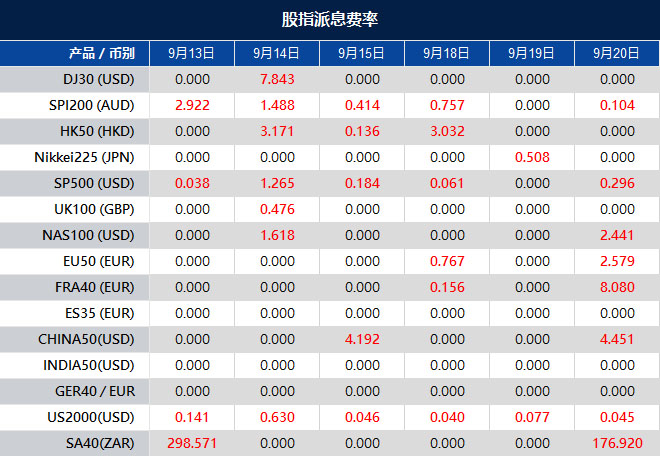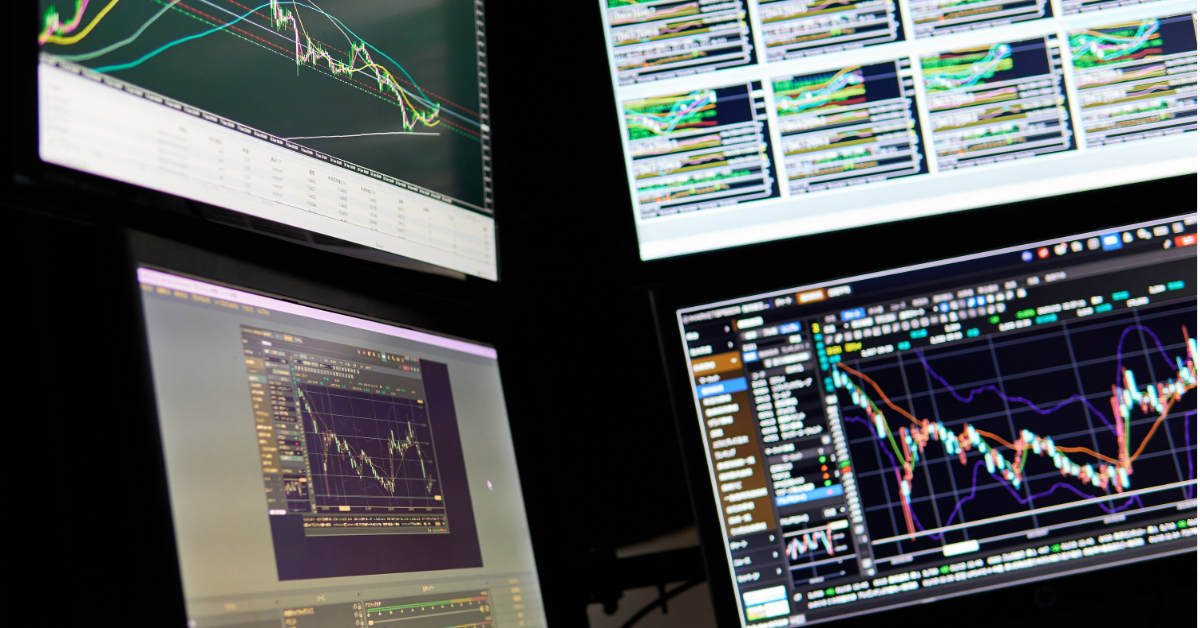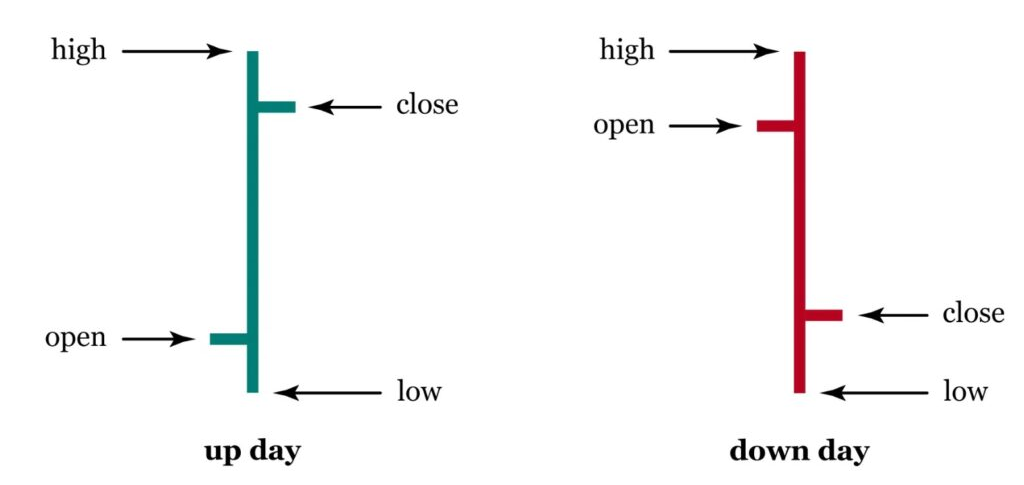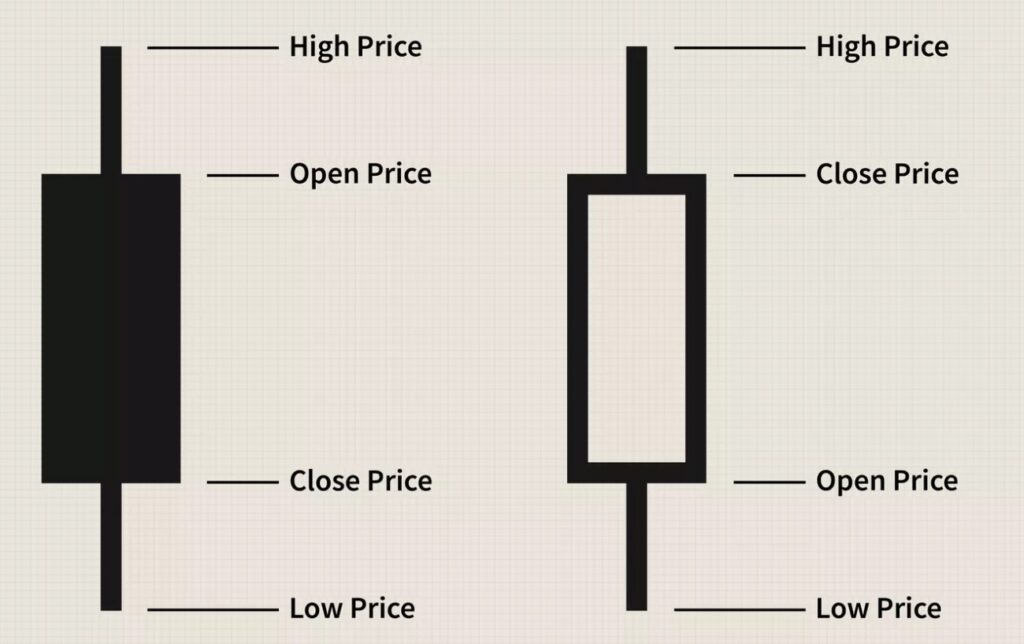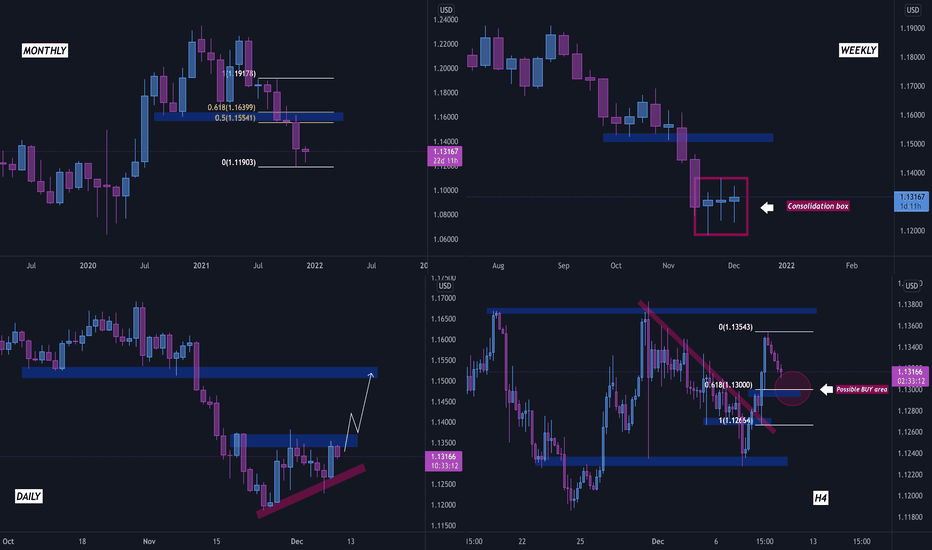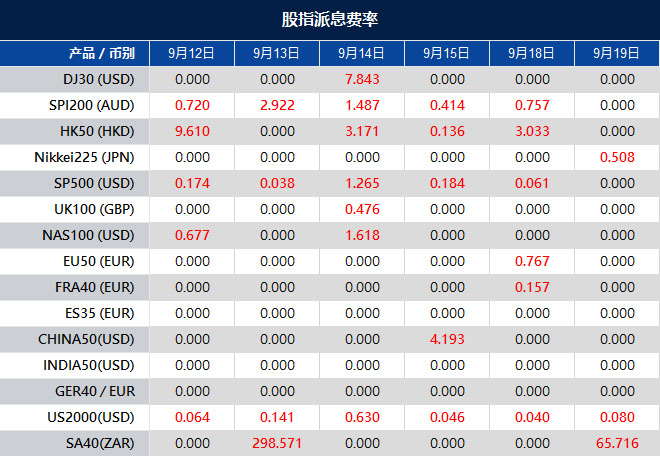On Wednesday, the U.S. stock market saw mixed performances, with the Dow Jones Industrial Average declining by 0.20% to 34,575.53, while the S&P 500 managed a slight uptick of 0.12%, and the Nasdaq Composite rose by 0.29%. These moves were in response to a surprising increase in August’s core inflation, which exceeded expectations, prompting concerns. In the currency market, the U.S. dollar initially gained strength due to the inflation data but later reversed course as core CPI figures aligned with forecasts. This led to a perception of disinflationary pressure and eliminated the possibility of an immediate Fed interest rate hike. Treasury yields attracted buying interest but fell short of this year’s peaks. Notably, EUR/USD declined, and the ECB meeting is closely watched with a 64% probability of an ECB rate hike priced in. USD/JPY showed resilience, and the Australian dollar remained flat, while the offshore yuan gained amid hopes of stabilizing financial and economic conditions in China.
Stock Market Updates
On Wednesday, the Dow Jones Industrial Average experienced a decline of 70.46 points, equivalent to a 0.20% drop, settling at 34,575.53, marking its second consecutive day of losses. In contrast, the S&P 500 managed a slight uptick of 0.12%, reaching 4,467.44, while the Nasdaq Composite saw a more significant gain, rising by 0.29% to conclude the day at 13,813.59. Within the Dow, CNBC and 3M bore the brunt of losses, with a sharp drop of over 5.7%, followed by Caterpillar, which saw its shares dip by 2%. Meanwhile, Apple shares declined for a second consecutive day, falling by more than 1%. Conversely, the tech sector bolstered the S&P 500 and Nasdaq, with Tesla shares gaining 1.4% as billionaire investor Ron Baron expressed optimism about the electric vehicle maker. Amazon shares also surged, reaching their highest level since August 2022, with an increase of over 2.5%.
The market reaction came in response to a surprising increase in August’s core inflation print within the consumer price index. The core inflation, which excludes volatile food and energy prices, rose by 0.3%, surpassing expectations for a 0.2% increase, and stood at 4.3% year-on-year, meeting forecasts. Federal Reserve officials typically focus on the core inflation number as it offers a more reliable indication of long-term inflation trends. In contrast, the headline numbers, including all components, increased by 0.6% in the past month and were up 3.7% compared to the same period last year. Economists surveyed had anticipated smaller increases of 0.6% and 3.6%, respectively. Although the unsettling inflation report raised concerns, experts believe the Federal Reserve is unlikely to take immediate action, with market participants not expecting any moves until November. Currently, Wall Street appears to have factored in a pause in interest rate hikes, with a 97% probability of rates remaining unchanged at the Fed’s upcoming meeting, according to CME FedWatch Tool data.

Data by Bloomberg
On Wednesday, the overall market saw a modest gain of 0.12%. Among the sectors, Utilities performed the best with a significant increase of 1.21%, followed by Consumer Discretionary, which rose by 0.90%. Communication Services and Information Technology also showed positive momentum, with gains of 0.40% and 0.31%, respectively. Consumer Staples and Health Care had smaller increases of 0.26% and 0.02%. However, Financials experienced a slight decline of -0.10%. The Materials sector saw a more notable decrease of -0.59%, while Industrials and Energy had more substantial losses of -0.67% and -0.76%, respectively. Real Estate was the weakest performing sector, declining by -1.03% on Wednesday.
Currency Market Updates
The currency market reacted to the U.S. CPI data with a cautious stance, as traders had entered the session with an excessively short position in Treasuries and a strong long position in the U.S. dollar. The dollar index initially saw gains following a higher-than-expected increase in core CPI and an above-forecast overall rise compared to the previous year. However, the core CPI figure fell to 4.3% from the August reading, aligning with forecasts, which led to a perception of disinflationary pressure, eliminating the possibility of a Fed interest rate hike in the near term. Two- and 10-year Treasury yields, which had approached their highest levels of the year, attracted significant buying interest but failed to surpass those peaks.
Meanwhile, in the currency pairs, EUR/USD experienced a 0.14% decline but remained above its Wednesday low. This was partly supported by higher bund-Treasury yield spreads. The market is closely watching the ECB meeting, with a 64% probability of an ECB rate hike priced in after being below 50% just a day earlier. Sterling remained relatively stable, recovering from an initial dip due to disappointing data and a subsequent drop following the U.S. CPI release. USD/JPY saw a 0.18% rise, showing resilience to the drop in Treasury yields, as concerns about a potential BoJ rate hike or FX intervention by the Ministry of Finance (MoF) receded. However, the path to higher prices in this pair depends on a resumption of the uptrend in Treasury yields. The Australian dollar remained flat, while the offshore yuan gained 0.4% on hopes of China’s FX actions and housing stimulus efforts stabilizing the financial and economic landscape amid growth concerns.
Picks of the Day Analysis
EUR/USD (4 Hours)
EUR/USD Holds Steady Ahead of ECB Meeting Amid Uncertainty
The EUR/USD maintained its position unaffected by the release of US consumer inflation data, trading within a familiar range with support around 1.0700. All eyes are now on the upcoming European Central Bank (ECB) meeting, which holds the potential to spark significant market movements due to the lack of consensus on policy actions. Reports suggest the ECB may raise its inflation forecast, fueling speculation about a rate hike. The ECB faces a dilemma between a rate hike and a pause, given economic conditions and persistent inflation. The outcome will be crucial, with potential implications for the Euro’s performance, while important US data releases could add to volatility in the days ahead.

According to technical analysis, EUR/USD moved flat on Wednesday and is currently trading just around the middle band of the Bollinger Bands. This movement suggests the possibility of further consolidation. The Relative Strength Index (RSI) is currently at 50, indicating that EUR/USD is in a neutral stance.
Resistance: 1.0759, 1.0803
Support: 1.0702, 1.0653
XAU/USD (4 Hours)
XAU/USD Slips as US Inflation Data Fails to Spark Dollar Rally
Gold traded around $1,910 in the American afternoon, marking its second consecutive day of losses. Earlier in the day, major assets remained within familiar ranges as investors awaited the release of US inflation figures. The Consumer Price Index (CPI) report for August showed a 0.6% MoM increase and a 3.7% YoY rise, surpassing market expectations, leading to an initial rally in the US Dollar. However, the Dollar’s gains were short-lived as the CPI readings were not strong enough to trigger a hawkish response from the Federal Reserve. Meanwhile, US indexes held modest gains, and US Treasury yields saw some uptick. Attention now turns to the European Central Bank (ECB) meeting, where expectations for a rate hike collide with economic challenges in the Euro Zone, leaving financial markets in a cautious state.

According to technical analysis, XAU/USD moved flat on Wednesday and moving between the lower and middle band of the Bollinger Bands. Currently, the price is trading slightly above the lower band with the potential for further downward movement. The Relative Strength Index (RSI) is currently at 39, indicating that the XAU/USD pair is still biased towards the bearish side.
Resistance: $1,916, $1,925
Support: $1,903, $1,893
Economic Data
| Currency | Data | Time (GMT + 8) | Forecast |
|---|---|---|---|
| AUD | Employment Change | 09:30 | 64.9K (Actual) |
| AUD | Unemployment Rate | 09:30 | 3.7% (Actual) |
| EUR | Main Refinancing Rate | 20:15 | 4.25% |
| EUR | Monetary Policy Statement | 20:15 | |
| USD | Core PPI m/m | 20:30 | 0.2% |
| USD | Core Retail Sales m/m | 20:30 | 0.4% |
| USD | PPI m/m | 20:30 | 0.4% |
| USD | Retail Sales m/m | 20:30 | 0.1% |
| USD | Unemployment Claims | 20:30 | 226K |
| EUR | ECB Press Conference | 20:45 |


